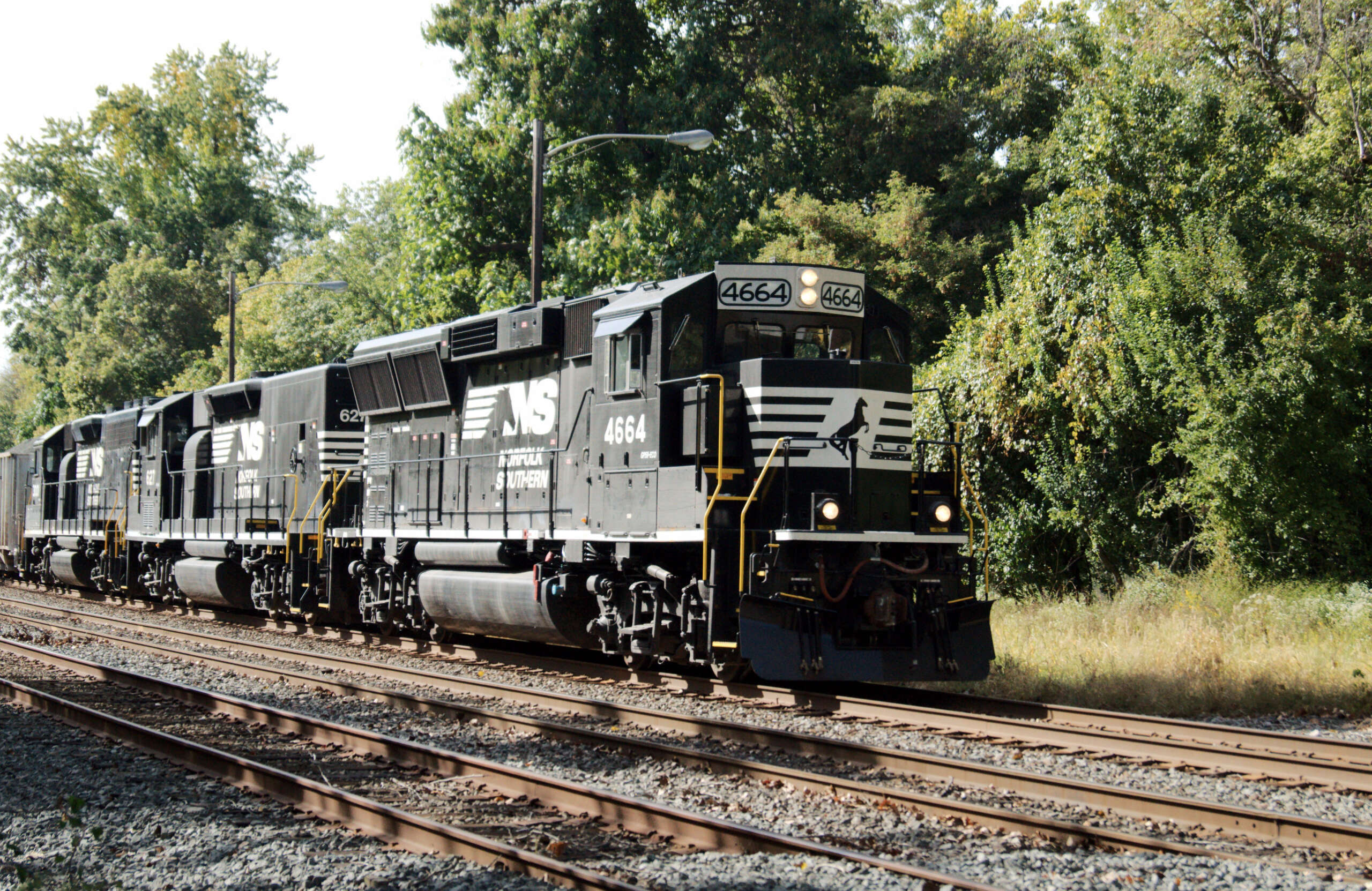Allegheny Ludlum in Brackenridge, PA: A Historical Perspective and its Connection to Asbestos
The Allegheny Ludlum steel plant in Brackenridge, Pennsylvania, has a history of asbestos contamination and environmental pollution. For years, the facility’s violations have had far-reaching consequences. Here are some of the alarming consequences of these issues and why there is a need for greater accountability in industrial operations.
Asbestos played a pivotal role in the operations of the Allegheny Ludlum steel plant for many years. It’s remarkable heat resistance and insulating properties made it a popular choice in industries, including steel production. Within the plant, asbestos was used for insulation, fireproofing materials, and protective clothing for workers. Its ability to withstand high temperatures made it ideal for an environment where extreme heat was a constant factor.
Despite the benefits of asbestos in enhancing safety and efficiency, what’s deeply concerning is the lack of adequate measures taken to contain the asbestos problem. Asbestos is notorious for its hazardous health effects, especially when its fibers become airborne and are inhaled. These fibers can lead to severe respiratory issues, including lung cancer and mesothelioma.
The failure to address the asbestos problem isn’t just a health and safety concern for workers; it’s also an environmental hazard. The release of asbestos fibers into the environment can have long-lasting consequences. These microscopic fibers can persist in the environment for years, posing risks to the health of nearby residents and contaminating ecosystems. This negligence highlights the importance of strict regulations and safety measures in industries with a history of asbestos use.
Aside from the asbestos issues, the Allegheny Ludlum steel plant faced allegations of breaking pollution laws. Lawsuits brought by citizen environmental groups have shed light on several concerns:
- Ground-Level Ozone: The plant’s operations contributed to smog from ground-level ozone, which can harm respiratory health.
- Excessive Pollutants: Emissions from the plant included sulfur oxides, nitrogen oxides, carbon monoxide, and particulate matter, all of which pose significant health and environmental risks.
- Admission of Non-Compliance: The lawsuit revealed that the company had admitted in a 2008 application to modifying a 2002 permit that it had not met the permit’s standards, raising questions about transparency and commitment to addressing pollution concerns.
These allegations carry significant implications for the Brackenridge community, compounding the challenges faced by residents already affected asbestos exposure. The additional burden of air pollution and its associated health risks further underscores the pressing need for accountability in industrial operations. The lawsuit serves as a stark reminder of the importance of addressing asbestos issues and adhering to pollution laws, raising questions about the company’s dedication to safeguarding both environmental and public health.
In 2023, a federal court ordered Allegheny Ludlum Steel Corporation to pay a penalty of $8,244,670, the second-largest under the Clean Water Act since its 1972 inception, resulting from the company’s violations at its steel mills, effectively doubling the $4.1 million saved over seven years due to delays in implementing essential environmental controls.
The story of Allegheny Ludlum’s Brackenridge steel plant highlights the consequences of negligence in containing asbestos-related problems and environmental violations. It’s a call for greater transparency, stricter adherence to regulations, and more responsible management of hazardous materials to protect human health and the environment. Holding industrial facilities accountable is crucial to ensuring a safer and cleaner future for all. If you or a loved one has been impacted, you can reach us at 412-471-3980 or fill out our contact form to speak with a member of our team.




